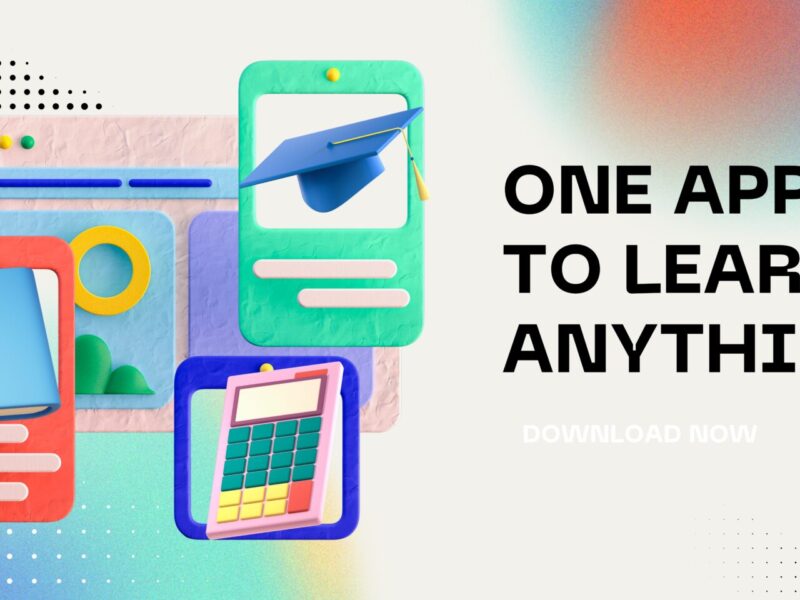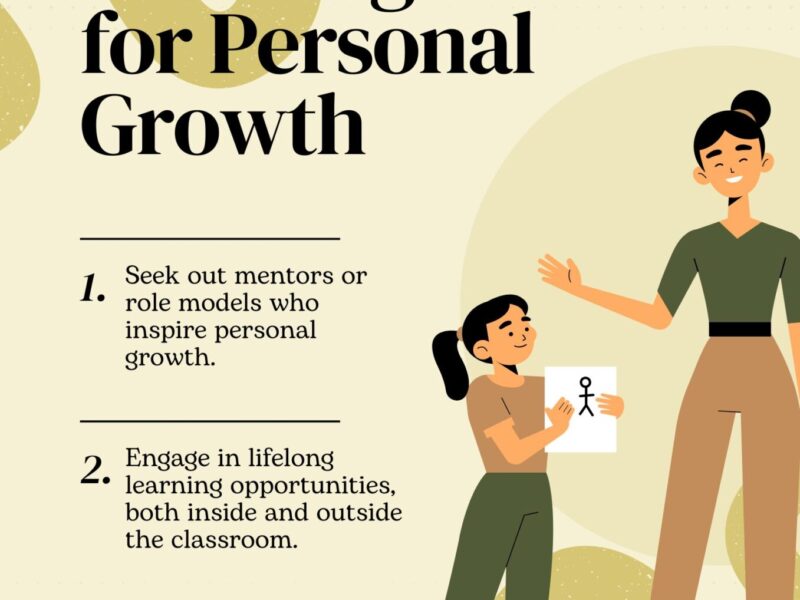Through the 21st century, it would be unexpected to deny the role of technology in our lives, and education is not an exclusion. In the earlier decades, the introduction of technology altered the process of teaching and learning and interaction with the content being taught. The Role of Technology in Enhancing Online Education.
Further in the digital outbreak age, outlook on technology in facilitating the online academic processes is changing for the better bringing in new advantages for the students and teachers. The Role of Technology in Enhancing Online Education. This article addresses the several aspects of the role of technology in education in distance learning. The Role of Technology in Enhancing Online Education.
1. The Evolution of Education: The Technology Perspective
Before discussing how technology improves online learning, it is important to offer an adolescent perspective on the phenomenon of e-learning.
In the early 2000s, websites like Blackboard and Moodle made Learning Management Systems widely available for the first time and allowed administration of courses and student activities.
2. Systems for Understanding Learning (LMS): A Supporting Factor In Online Education
The Learning Management Systems (LMS) have evolved to be an integrating tool in the management of course delivery, communication and assessment processes for the stroalented the instructors.
Key Features of LMS
Course Content Delivery: LMS systems have the provision for the teachers to upload a wide array of resources such as notes, audio files, video files, quizzes, assignments enriched with references and many other similar resources. These resources are readily available for the students as they wish which increases self-directed learning.
The introduction of grading rubrics, specific responses where feedback is provided also allows for improvement in fairness of grading.
In such situations, these tools provided a learning environment even when there were no real-time interactions.
3. Multimedia and Interaction: Enriching the Learning Experience of the Students
The very essence and beauty of this online education is the multiple and creative ways of portraying content.
Video and audio content
Video lectures vary from simply recorded classroom lectures, to more advanced teaching tools, with slides animated pictures and text incorporated on the screen. In this day and age, thanks to platforms such as Youtube, Vimeo, and video call applications such as Zoom, creating and accessing any video content has become simpler than ever.
Engaging Learning Materials: From Quiz to Polls to Simulations
As interactive content presents itself more often to the students, they tend to participate more actively and through this passive learning is enhanced.
Making learning Process More interesting and Effective.
One more interesting and effective component is gamification nowadays. Gamification introduces the game mechanisms in inappropriate environments. Namely, these include, for instance, scoring systems, ranking competitors or giving rewards for certain achievements, etc. Such game elements tend to encourage the process, as they create competition, goal seeking and something progressing within the individual.
It collects and analyzes data concerning a student, thus carving the learning experience according to that very student.

4. Virtual and Augmented Reality Technologies for Education: Immersive Learning Experiences
Virtual or augmented reality (hereinafter VR and AR) technologies have given birth to new waves of innovations in education by creating immersive and interactive experiences that would not otherwise be possible in any classroom. Of course, it is a fact, that recreation and gaming entertainment industries have managed to incorporate VR and AR to a greater extent for now; however, these technologies are gradually finding their way through online education as well.
Integrating Virtual Reality (VR) in Learning
In a notable way, VR technology allows the learners to participate in the teaching-learning process through a different lens. Such simulations offer students a form of onsite learning which is enjoyable and increases their understanding of materials.
This form of education is very important in the disciplines where practical, hands-on application cannot be replaced by theory alone.
Augmented Reality (AR) in Education
In the classroom, an easy way to integrate Augmented Reality will be using trial-based activities for the students. It is important because while virtual reality can provide complete immersion, augmented reality simply adds graphics to the existing environment. Alongside, it avails them accurate and real-time images of the learning objects, which assists in understanding and remembering the concepts.
Benefits and Challenges of VR and AR
These technologies also enhance engagement and interest of learners as they provide an active rather than passive learning experience. Their utilization will expand significantly in the next years as the technology becomes cheaper and more available to users.
5. The Role of Artificial Intelligence (AI) and Machine Learning:
Enabling Customized Learning for All
To put it simply, the use of artificial intelligence (AI) and machine learning technology is on the rise in the online education arena because they provide advances in improving the learning processes in a cost effective and in a more tailored way than before.
Personalized Learning
The system has the provision for monitoring the learning of students that gives several advantages such as being able to follow the learning activities of students in real time, assess their strengths and weaknesses and revise the learning timetable with regard to those aspects.
Chatbots and Virtual Assistants
Besides AI IP assistance, the use of virtual tutors has also contributed to the developments in distance education.
Streamlining Operations
Many operational activities in online education can be performed more efficiently using AI such as evaluating learners’ performances, organizing the calendar of different courses, and monitoring the progress of learners.
Barriers and Ethical Issues
As effective as artificial intelligence could be in improving the quality and individualization of a person’s learning experience through, for example, the internet, there are issues related to privacy and data protection as well as the risks of algorithmic discrimination.
6. What Innovations Will Reshape Online Education?
The relevance of technology to online education is increasing each and every day. With the introduction of newer technologies, the horizon of improving the learning experience keeps broadening.
Another growth area that could be expected is the growth of lifetime education.

Conclusion
The prospects and possibilities in online education still remain unlimited as the technology keeps on advancing. Quality online education is interactive regardless of the country, and the teacher is able to reach out to every single individual in any desired capacity.

